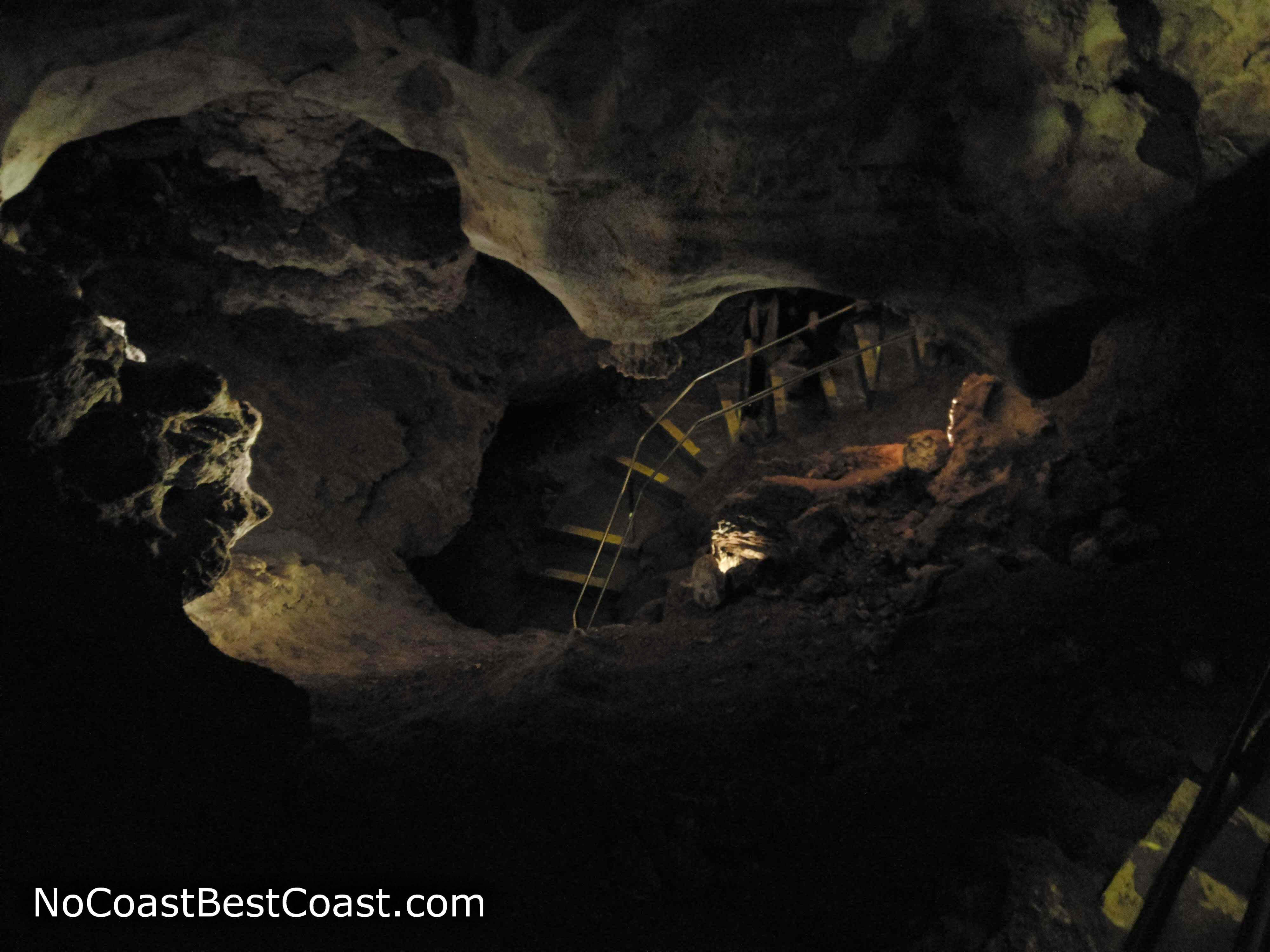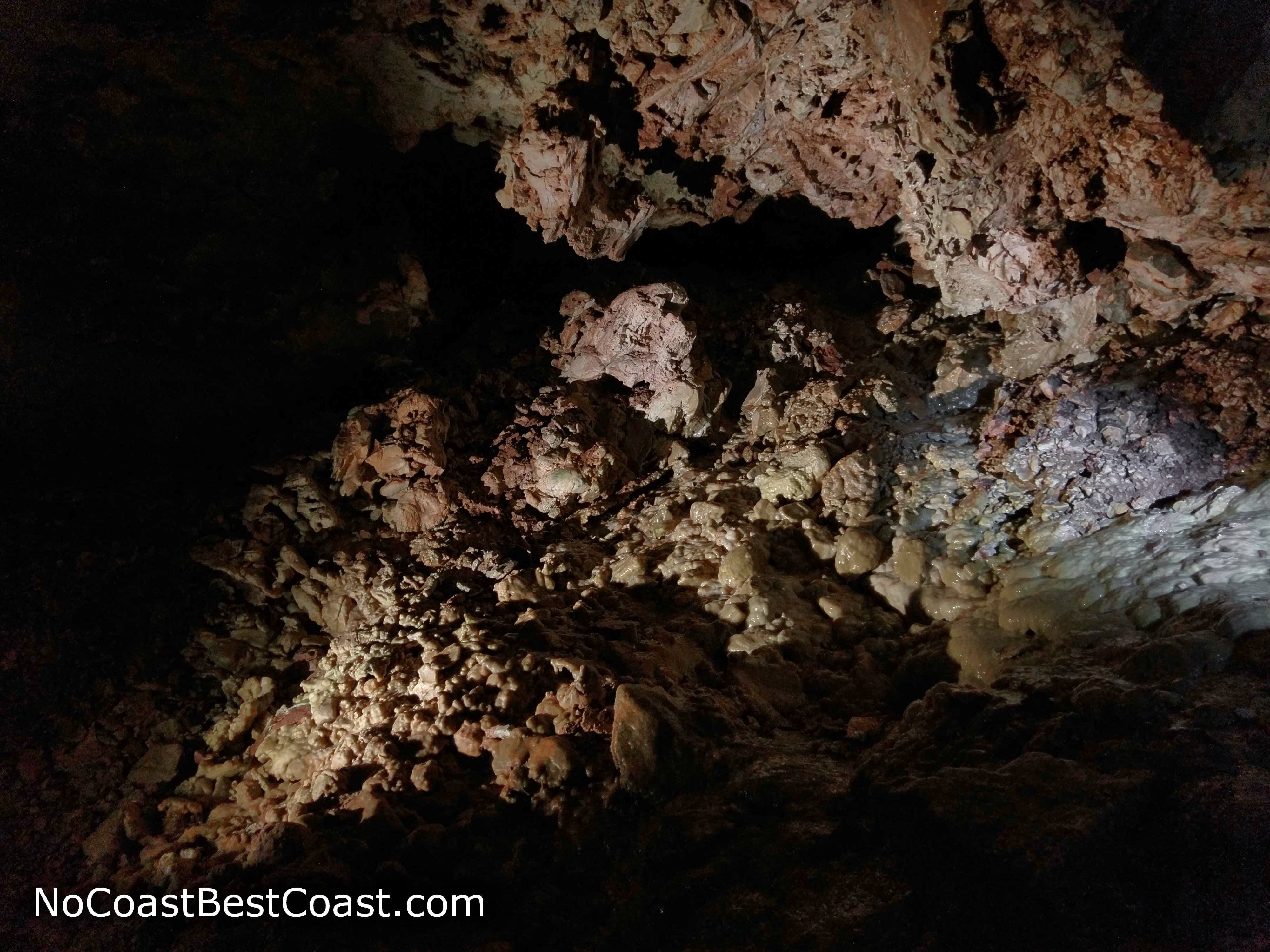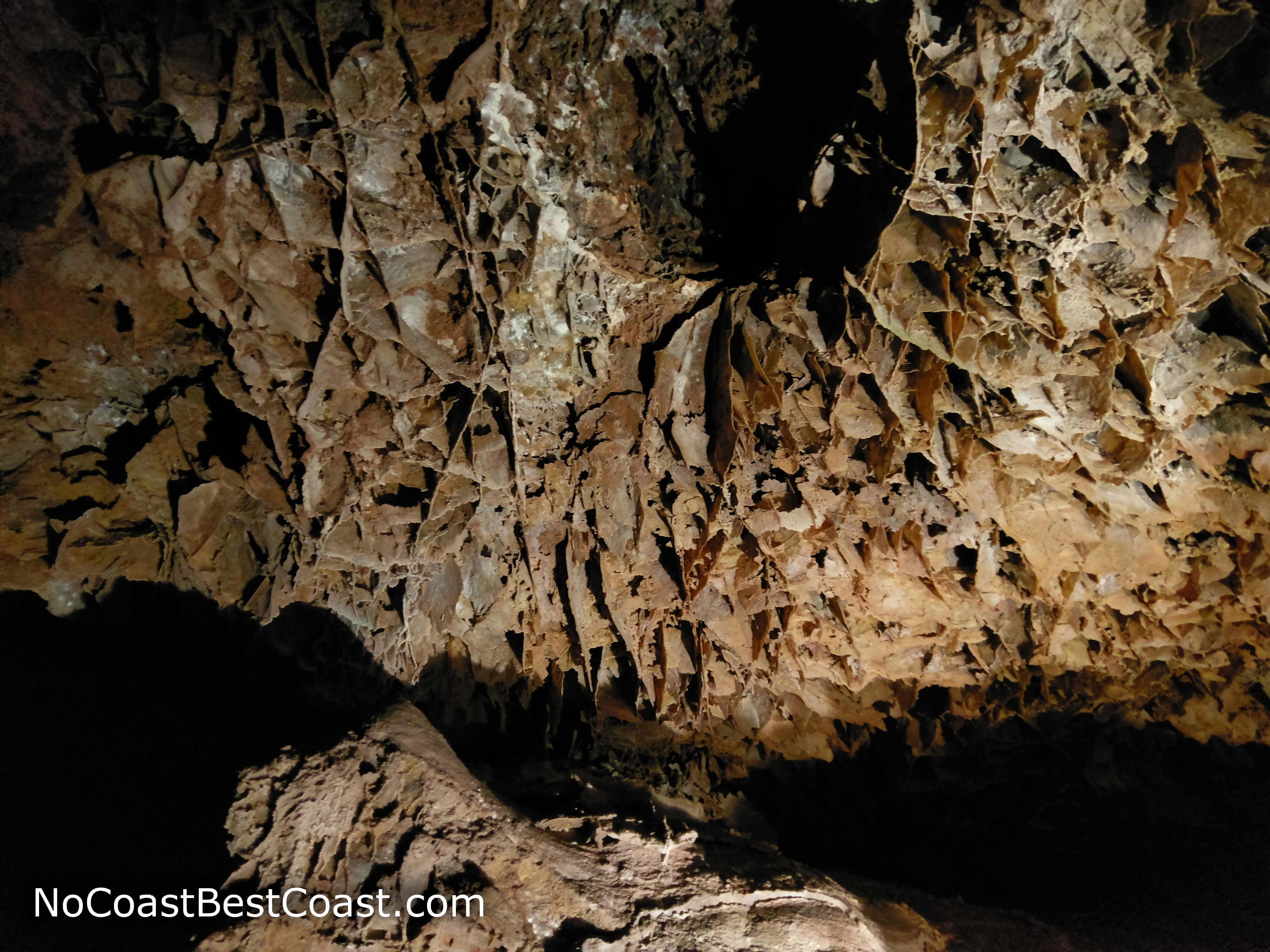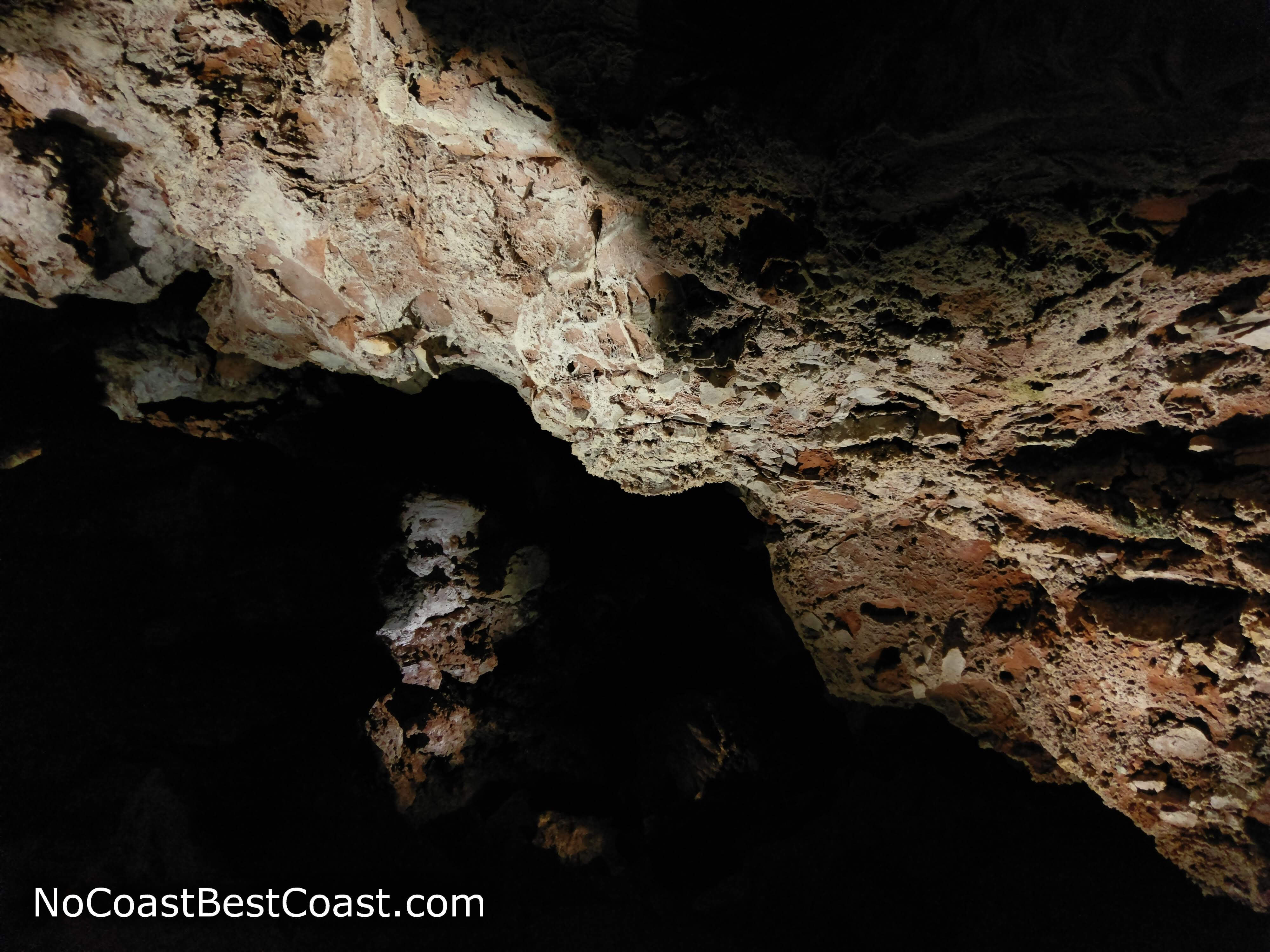| Rating | ★★★☆☆(3/5) |
| Overall Difficulty | Easy |
| Navigation Difficulty | Easy |
| Distance | 0.3 miles roundtrip |
| Time | 1 hour |
| Terrain | A few hills |
| Best Seasons | All |
| Dog Friendly | No |
| Accessible | No |
Highlights
- Easiest tour of Wind Cave
- Cool geologic formations like Wind Cave's famous boxwork
Hike Summary
The centerpiece of Wind Cave National Park, the first national park in the U.S. and the world to protect a cave, is of course Wind Cave. With nearly 150 miles of explored passages, Wind Cave is the third longest cave in the U.S. and the fifth longest in the world; even so, geologists surprisingly believe only a small fraction of the cave has been explored, and new passages are continually found. You can experience a small portion of this cave yourself on the easiest cave tour available, the Garden of Eden Cave Tour. At only $10 for adults and $5 for kids and seniors, a ranger will lead you and a small group into the cave to explain the cave's geologic and cultural significance. This tour is ideal for children, seniors, and those with limited physical ability. If you have the time and stamina, I highly recommend you do another longer tour instead, such as the Fairgrounds or Natural Entrance Cave Tours. While you certainly won't miss seeing any cave features, this tour will make you want to see more.
Just outside the visitor center, the ranger will take you down an elevator into the cave. (You can visit the cave's natural entrance by following a trail near the visitor center -- after seeing that tiny hole, you'll be thankful for the modern entrance constructed by the Park Service). One of the first things you'll notice is the presence of "wind" in the cave. Wind Cave is named for how the cave "breathes" due to the differing air pressure between the inside and outside; since there are so few openings to the outside in this gigantic cave network, air currents are especially strong in this cave and exacerbated by the extreme weather fluctuations outside the cave.
As evidenced by the stairs pictured below, the Park Service has developed a small portion of the cave with paved paths, railings, and light fixtures for tour purposes. Although lighting is preinstalled, I recommend bringing your own flashlight or headlamp to better illuminate your photos and to see formations in otherwise dim areas. After an initial orientation, the ranger will lead you down stairs to lower levels of the cave. There are 150 steps in total on this cave tour, with more down than up since you return on an elevator platform lower than where you started.
You'll also hear about the earliest explorers of the cave. In particular, Alvin McDonald is one of the first explorers who helped popularize the cave. He spent nearly every day for three years exploring parts of the cave using only a candlelit lantern and string to help navigate. The McDonald family started developing the cave for tourism, hoping to attract visitors from nearby Hot Springs. In one room, you'll see historic graffiti over 100 years old from one of these early tours. At some point during the tour, the ranger will turn off all of the lights and light a similar candlelit lantern to allow you to experience the cave as the earliest explorers and tourists. After spending an hour in the cave and visiting several different rooms, you will exit the cave from another elevator. Again, I highly recommend doing a longer, more strenuous tour if you are able just to see even more of the interesting parts of the cave. If you enjoyed your time here, also check out Jewel Cave National Monument located only a half hour drive away! Not only is Jewel Cave an even larger cave system (the second longest in the U.S.), it is in my opinion the "better" of the two caves -- there are more visually interesting formations. Let me know what you think in the comments section below, and be sure to use #nocoastbestcoast on Twitter and Instagram!
Hiked on Thursday, September 20th, 2018 by Ricky Holzer
Important Information
This is the easiest and shortest cave tour offered in the park specifically designed for those with limited abilities, and unlike some of the other tours offered there is no minimum age. As such, this is the best tour for families with young children. The temperature in the cave is at a constant 50 degrees regardless of the conditions outside, so wear extra clothing. Note that clothing and footwear worn in any other caves are prohibited in order to prevent the spread of white-nose syndrome, a fungus harming bat populations throughout the U.S. While the cave is lit with permanently installed fixtures, bringing your own flashlight or headlamp is recommended so you can better see cave formations -- especially those that are unlit. Cave tours are available all year, though the frequency diminishes significantly during the off-season. Tour size is limited and fills up fast, so it is highly recommended that you arrive as early as possible to purchase tickets for the tour time you want. At this time reservations are not available for the Garden of Eden Tour.
Directions
From Rapid City, take South Dakota Highway 79 south to Buffalo Gap. Turn right on County Highway 101, then turn right on U.S. Highway 385. Once you enter Wind Cave National Park, watch for signs for the visitor center and turn right to reach the parking lot.
From Custer, take U.S. 385 south to Wind Cave National Park. Once you enter the park, watch for signs for the visitor center and turn right to reach the parking lot.
Google Maps Directions
Parking, Fees, and Facilities
Unlike most national parks, there is no park entrance fee. The visitor center has flush toilets, water, a gift shop, a staffed information desk, and educational exhibits about the park.
Nearby Hikes
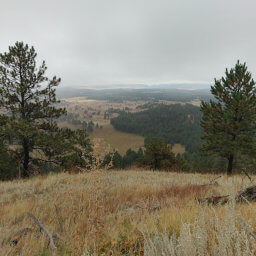
Wind Cave National Park, South Dakota
★★★★☆(4/5)
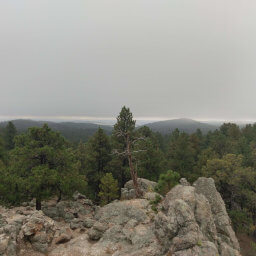
Custer State Park, South Dakota
★★★★☆(4/5)
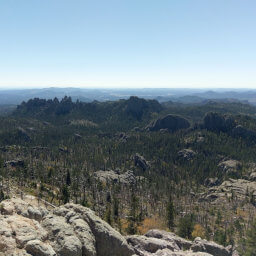
Custer State Park, South Dakota
★★★★★(5/5)
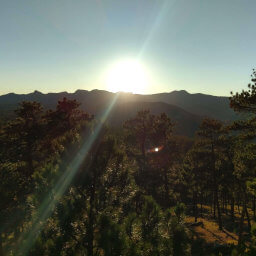
Black Hills National Forest, South Dakota
★★★★☆(4/5)
